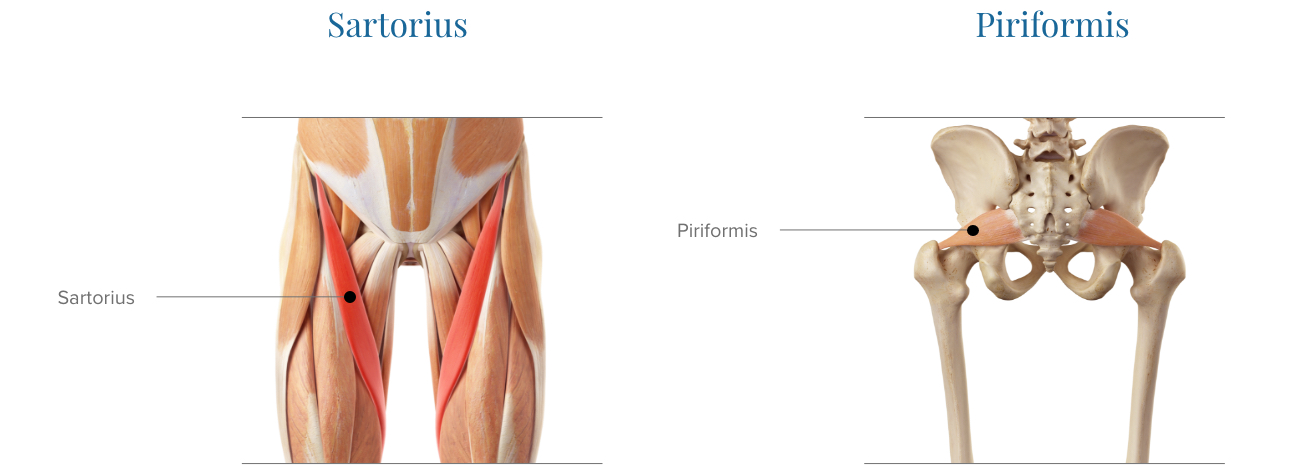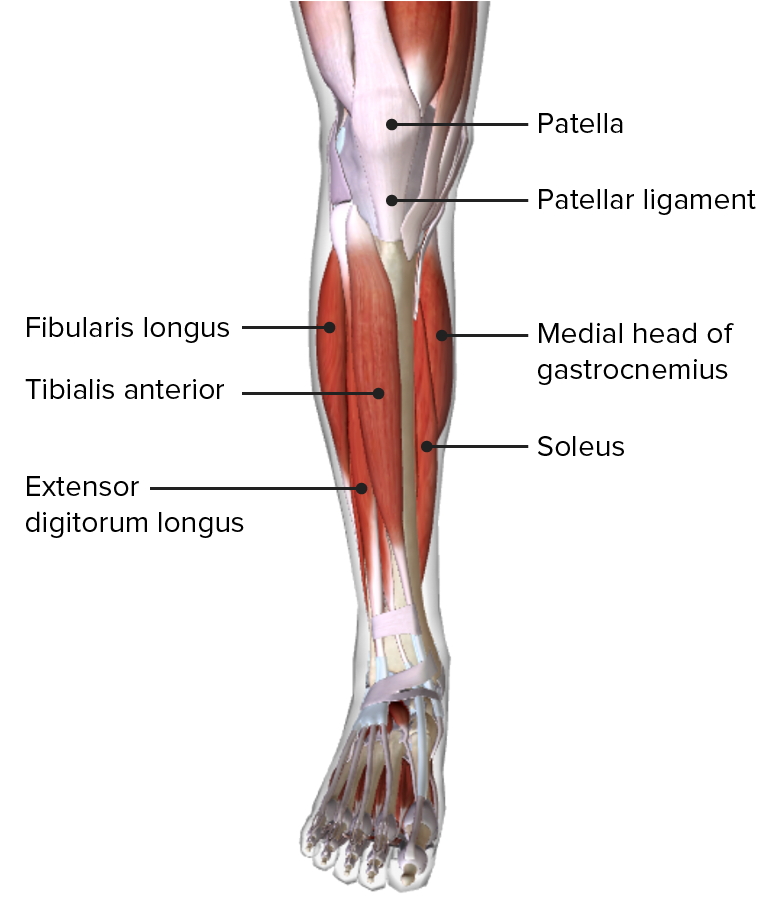Leg Tendon And Ligament Anatomy : An Atlas Of Human Anatomy For Students And Physicians Anatomy 374 The Muscles Of The Lower Extremity Tendon Of The Plantarlg Muscle Tendo Ra Plantaris Tendo Achillis Tendo Calcaneus Achillis Deep _ People with tendon, nerve, ligament and repetitive strain movement injuries don't need doctors, they need movement specialists to tell them how they are moving incorrectly.
Leg Tendon And Ligament Anatomy : An Atlas Of Human Anatomy For Students And Physicians Anatomy 374 The Muscles Of The Lower Extremity Tendon Of The Plantarlg Muscle Tendo Ra Plantaris Tendo Achillis Tendo Calcaneus Achillis Deep _ People with tendon, nerve, ligament and repetitive strain movement injuries don't need doctors, they need movement specialists to tell them how they are moving incorrectly.. Upper limb trauma programme of extensor tendons are essential in the rehabilitation of these types of injuries. In human anatomy, there are several strong bands of connective tissues called ligaments, which hold the bones of the ankles together. Tendon reconstruction of the lateral ankle ligaments involves stabilizing. There are several tendons that run through the ankle, which attach the muscles of lower leg to the bones of the foot and ankle. Tendons, ligaments, bone, and cartilage are connective tissues in which the activities of various cellular populations are responsible for synthesis and maintenance of large amounts of extracellular matrix that should, theoretically, be dynamically optimized to respond to mechanical demands.
Both tendons and ligaments are dense regular connective tissue, because of its two properties: The system of ligaments in the vertebral column, combined with the tendons and muscles, provides a natural brace to help protect the spine from injury. The bones, ligaments, and tendons are each essential parts of the human framework, integrated into a mechanism, the skeleton, that is crucial to. Many tasks are painful but, playing the piano and typing are pain. This lack of blood flow makes ligaments slower to heal than other types of soft tissue.

Tendons and ligaments are bands of connective tissue that help stabilize the body and allow movement.
Several weeks ago i fell and probably broke a bone in my wrist. Ligaments and tendons are fibrous bands of connective tissue that attach to bone connecting two or more bones together and help stabilize joints. There are two flexor tendons for each finger and one for the thumb. The parallel arrangement of fibers is an adaptation to the fact that. As tendon/ligament injuries may not occur in isolation, an assessment must include inspection, palpation, (look, feel, move!), assessment of vascular anatomy. Tendons and ligaments are complex structures and have different anatomical and dynamic properties. It can rotate femur on the the posterior tibial tendon arises from the calf muscle. As with any structure, the human body is built upon a framework that is constructed to carry out a wide range of functions. Ligaments also support the lower end of the leg where it forms a hinge for the ankle. When everything works together, the ankle functions correctly. This lack of blood flow makes ligaments slower to heal than other types of soft tissue. There are several tendons that run through the ankle, which attach the muscles of lower leg to the bones of the foot and ankle. However, many tendon and ligament injuries can be avoided through proper conditioning and training regimens and by not pushing a horse beyond its limits in racing or other competitions.
Injury of tendons and ligaments remodel with scar formation with differences in themselves. Learn about the muscles, tendons, bones, and ligaments that comprise the knee joint anatomy. It can rotate femur on the the posterior tibial tendon arises from the calf muscle. The human leg, in the general word sense, is the entire lower limb of the human body, including the foot, thigh and even the hip or gluteal region. Ligaments and tendons are fibrous bands of connective tissue that attach to bone.

A tendon serves to move the bone or structure.
Tendons and ligaments explained, common causes of injury. Muscles, tendons, and ligaments run along the surfaces of the feet, allowing the complex movements needed for. In human anatomy, there are several strong bands of connective tissues called ligaments, which hold the bones of the ankles together. When everything works together, the ankle functions correctly. Learn about the muscles, tendons, bones, and ligaments that comprise the knee joint anatomy. Ligaments are the soft tissues that attach bones to bones. Tendons, ligaments, bone, and cartilage are connective tissues in which the activities of various cellular populations are responsible for synthesis and maintenance of large amounts of extracellular matrix that should, theoretically, be dynamically optimized to respond to mechanical demands. Ligaments have low vascularity, which means they do not receive much blood flow. Tendons and ligaments are complex structures and have different anatomical and dynamic properties. Tendons and ligaments commonly sustain injuries, which usually have similar symptoms and treatments. It can rotate femur on the the posterior tibial tendon arises from the calf muscle. Learn about their differences and the common injuries that affect them here. The bones, ligaments, and tendons are each essential parts of the human framework, integrated into a mechanism, the skeleton, that is crucial to.
Ligaments connect bone to bone and tendons connect muscles to bone. Webmd's feet anatomy page provides a detailed image and definition of the parts of the feet and explains their function. Learn how they work together to avoid injury and stay active. The knee is a hinge joint that sits between the thigh and the shin. As with any structure, the human body is built upon a framework that is constructed to carry out a wide range of functions.

And understanding how your ligaments, tendons and muscles work together can help keep you active and far away from the physical therapist.
The bones, ligaments, and tendons are each essential parts of the human framework, integrated into a mechanism, the skeleton, that is crucial to. Learn about the muscles, tendons, bones, and ligaments that comprise the knee joint anatomy. They represent an important area of orthopaedic treatment for which many challenges. Anatomy of leg and foot human muscular. The system of ligaments in the vertebral column, combined with the tendons and muscles, provides a natural brace to help protect the spine from injury. There are two flexor tendons for each finger and one for the thumb. The patellar tendon on the front of the knee is part of the quadriceps mechanism. Ligaments connect bone to bone and tendons connect muscles to bone. Although scarring depends on the quality and quantity of the injured tissues, it can be. Ligaments and tendons are soft collagenous tissues. As tendon/ligament injuries may not occur in isolation, an assessment must include inspection, palpation, (look, feel, move!), assessment of vascular anatomy. Many tasks are painful but, playing the piano and typing are pain. Learn how they work together to avoid injury and stay active.
Both tendons and ligaments are dense regular connective tissue, because of its two properties: leg tendon. The system of ligaments in the vertebral column, combined with the tendons and muscles, provides a natural brace to help protect the spine from injury.